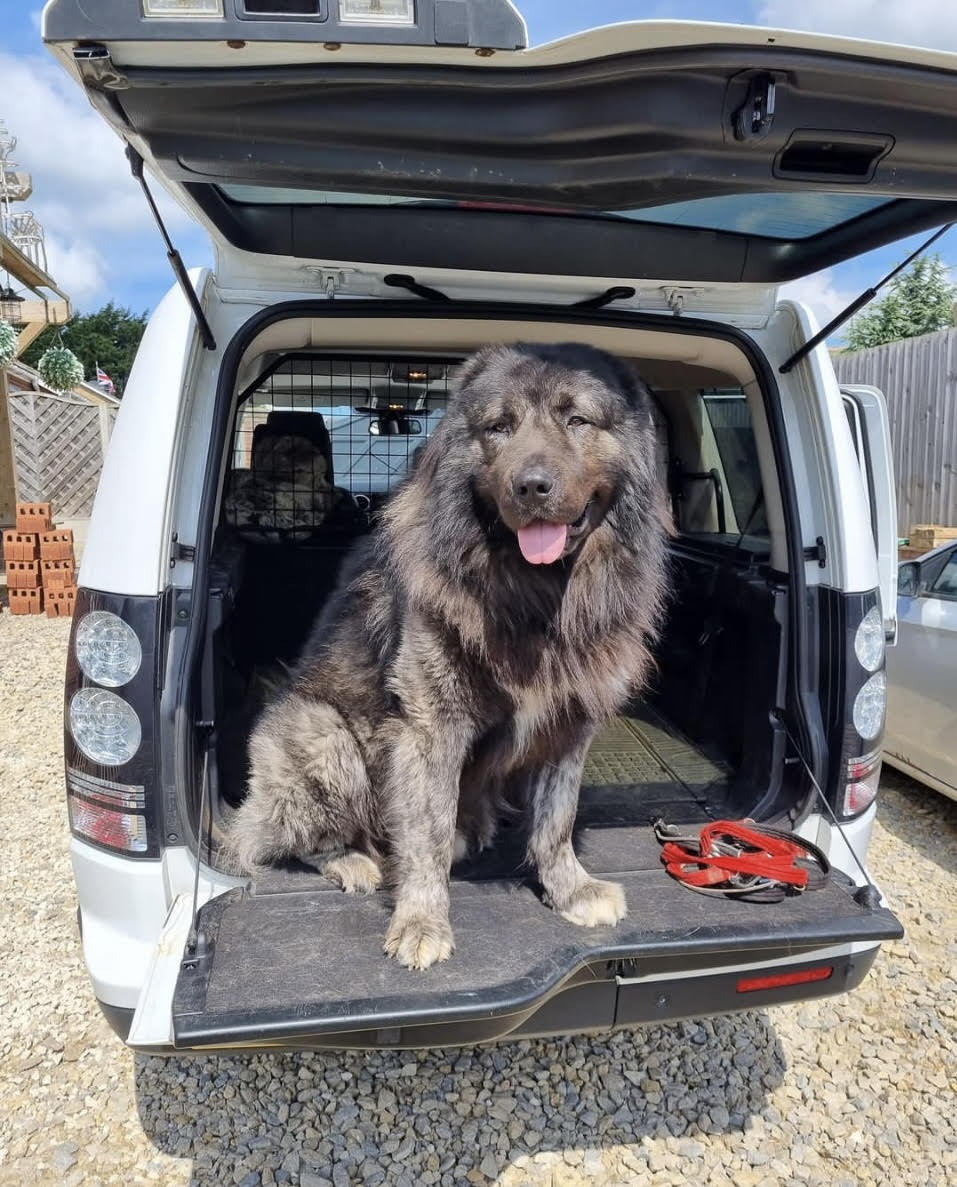Dominance in dogs is often misunderstood as a personality trait when, in fact, it is more about a dog’s perception of its place in the social hierarchy. Protection dogs that display dominant behaviour may do so because they are trying to assert control over a situation or other individuals within the home. This can manifest in ways such as guarding resources, being aggressive towards other dogs, or not following commands. Addressing dominant behaviour is essential to ensure a harmonious household and to prevent potential aggression issues.
Establishing Leadership
Leadership is about guidance and consistency, not about being forceful or intimidating. As a dog owner, your goal should be to communicate with your dog in a way that is clear and assertive without being confrontational. Try the following tips to establish leadership with your dog:
Be Consistent: Dogs thrive on routine and clear rules. Ensure all family members are consistent with rules and commands.
Control Resources: Manage your dog’s access to resources like food, toys, and treats to reinforce your role as the pack leader.
Training: Engage in regular obedience training to reinforce your commands and establish a hierarchy where your dog sees you as the decision-maker.
Positive Reinforcement Techniques
Positive reinforcement is a powerful tool in reshaping a dog’s behaviour. Instead of punishing your dog for dominant behaviour, focus on rewarding the behaviours you want to encourage. Some commonly used techniques include:
Rewards: Use treats, praise, and play as rewards for submissive and calm behaviour.
Ignore Bad Behaviour: Within reason, ignore your dog when it exhibits dominant behaviour like jumping up or barking for attention.
Redirect: If your dog is acting out, redirect their behaviour to something positive, like sitting or lying down before giving them what they want.
Socialisation and Exercise
Dogs often exhibit dominant behaviour out of fear or a lack of proper socialisation. To combat this, try the following:
Socialise: Expose your dog to different people, dogs, and environments in a controlled manner.
Exercise: Adequate physical exercise can help reduce tension and provide mental stimulation, making them less likely to act out.
Seeking Professional Help
If the dominant behaviour persists or escalates, it’s important to seek the help of a professional dog trainer or behaviourist. They can offer personalised guidance and strategies to address your dog’s specific issues.
Train Dominant Behaviour Out of Your Dog
Stopping dominant behaviour in dogs is about leadership, training, and positive reinforcement. By understanding canine psychology and being consistent in your approach, you can foster a relationship based on mutual respect and trust. Remember, patience and consistency are key in reshaping your dog’s behaviour. If you have any questions or would like help with dog training, please get in touch with our specialists at TOTAL K9 ® today.

